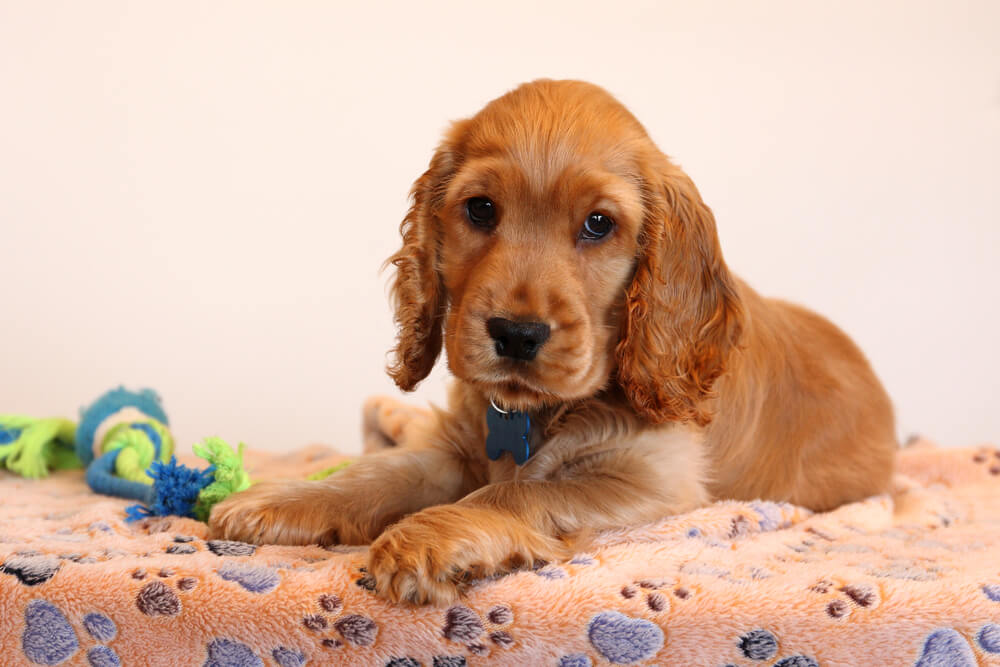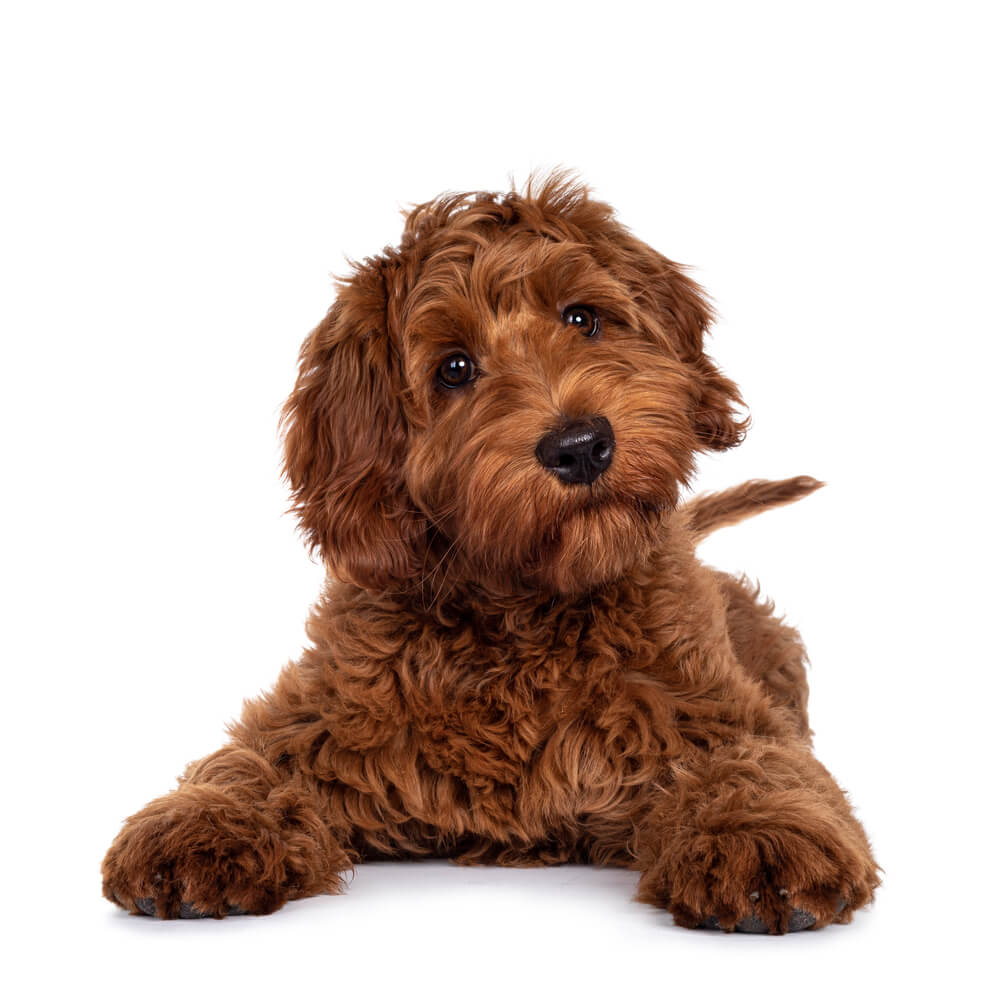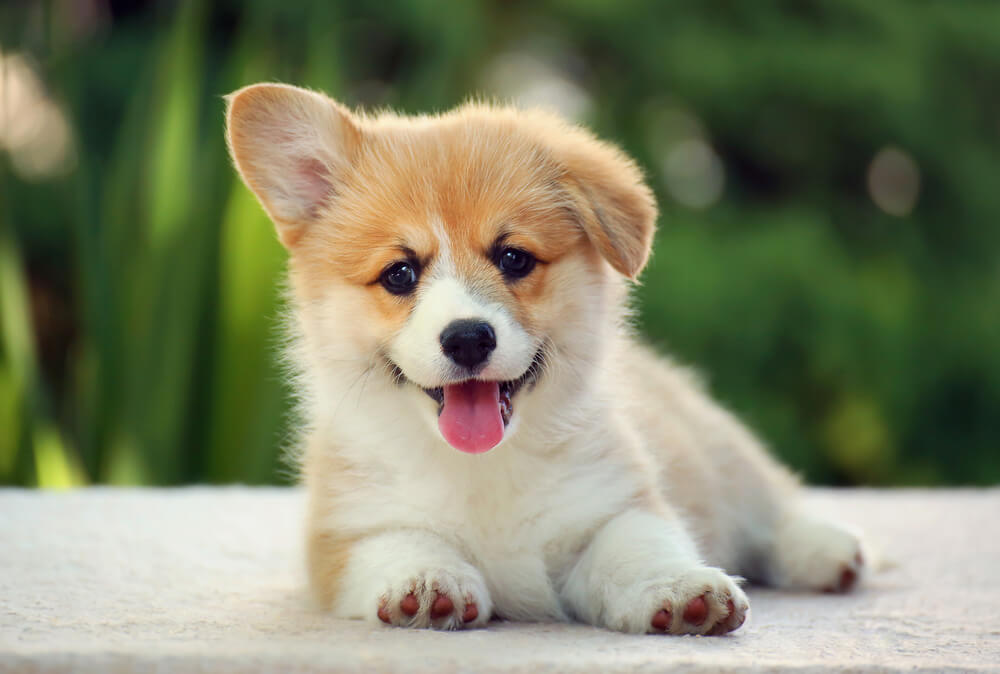How to Teach Your Puppy Their Name?

Table of Contents
Listen To The Article
Introduction to How to Teach Your Puppy Their Name?
Although it may seem like teaching your puppy to respond to their name is an easy feat, it can be quite a challenge.
This is because the command is often not used during daily activities, and as such, your dog may have a hard time learning the proper response.
One way to change this is to incorporate your pup’s name into everyday training sessions. By saying the name, and then giving a command like “sit” or “come,” for instance, you’re not only teaching your dog their name but also teaching them to respond to a variety of commands.
Before you can teach your puppy their name, you need to have a name picked out. If you already have one, you can skip this step.
If you don’t, take some time to think of something you’ll be able to remember and that fits your puppy’s personality.
Teaching your puppy their name is a great first step. It helps them learn to trust you and can be useful in getting their attention if you need to call them away from something or someone.

Why Should I Teach My Dog To
Respond To Their Name?
It is a legal requirement to keep your dog under control at all times.
The basis of this is teaching your dog to respond to their name when called.
Whether in an emergency, around other dogs, or distractions your dog must find it rewarding to respond to their name and seek your interaction.
This can be done using a variety of attention and focus exercises to teach your dog that when they hear their name and they look at you there is a reward that will follow.
Whether you’re teaching a young puppy or an older dog you’ve rescued from the shelter, the first step is always to establish that coming to you is the best thing he can do.
When your dog comes to you unprompted, acknowledge that you appreciate his attention. You can do that with smiles, praise, affection, games, or treats.
This ensures that he will continue to “check in” with you frequently.
Also, when you call your dog and he complies, similarly lavishes him with what he values most.
Never call your dog and do something he doesn’t enjoy, like bathing him, clipping his nails, scolding him, or even ignoring him.
When you have to do something he doesn’t like, refrain from calling him; simply go and get him from wherever he is.
He should always trust that something wonderful happens when he comes to you.
What should you do if you call your dog and he doesn’t come right away?
Teach the importance of always rewarding your dog for coming to you.

Few Tips On How To Teach Your Dog Its Name
To teach him to respond to it by associating the name with something pleasant.
Get a handful of small, soft treats that your dog can quickly and easily chew and swallow.
You may also want to have a clicker handy. Start in a quiet, enclosed area such as your living room.
Wait until your dog is not looking at you and then say the name in a very bright and happy tone.
As soon as your dog turns to look at you, mark this with a clicker or a word to let the dog know this is the right reaction, a word like “yes” or “good,” and then immediately give your dog a treat.
Repeat this process several times throughout the day, and soon your new family member will whirl around every time he hears his name.
If you’re having trouble getting your pup to respond, move to a less distracting and smaller area or try changing treats to something of higher value to the dog such as small pieces of cooked chicken or turkey meatball always praising, as well as giving a treat.
Once your dog responds to his name consistently, try upping the ante. Move across the room and say his name.
Or say his name and wait until he looks at your face, rather than just turning toward you, before giving the treat.
When you get the attention you want every time, try intermittent treats but always give verbal praise.
Add distractions and move the lessons outside.
You can play the name game any time.
It’s easy to do, even when you are watching television or cooking dinner and your dog is hanging out with you.
When you take him for a walk, call your pup’s name and expect his attention.
Consistency is important, so you want to reinforce this behavior many times first every time and then intermittently until you get an automatic, solid reaction.
Eventually, your dog will respond to his name for the praise and love you give and treats won’t be necessary.

Easy Steps On How to Teach
A Puppy Their Name
If you are still unsure about the name, here are some “unwritten” rules for naming a dog:
Dog names should be short and easy to remember.
Avoid naming your pets after people or celebrities because it might lead to embarrassing situations on the street.
Think about what commands you’re going to use during obedience training.
Your puppy’s name shouldn’t sound close to any of them.
For example, “Sid” and “Sit”, “Spot” and “Stop,” and so on.
Choose a name that you won’t be ashamed or embarrassed to say in public.
When you’ve found the right name that clicks with your dog’s personality and temperament, it’s time to start.
PICK THE RIGHT TIME
Puppies might seem like their energy is endless, but they tire quire easily.
Once a puppy is tired, it’s impossible to make Max participate in anything.
Similarly, if something interesting is happening in the house, the puppy won’t be paying attention to you.
So, the right time for teaching a puppy its name is when the little one is eager to play and there are no distractions in the house.
GET THE PUPPY’S ATTENTION
Use a happy, excited voice to call your puppy’s name.
Your goal is to attract your dog’s attention and make him look at you.
But don’t use the name more than one because the little one will tune out the repetitive noise.
If you don’t manage to get your puppy’s attention, stop and wait a couple of minutes before trying again.
- Make clapping noises with your hands.
- Call the puppy’s name while running away because puppies love to chase things.
- Get the puppy on a 10-foot leash allow the pup to wander around and call the name when he is not looking.
- When your puppy turns, immediately mark the behavior by tossing a treat and verbally praising the little one.
START PRACTICING
Repetition is the key to success when it comes to teaching a puppy his/her name:
- Lose the attention of the puppy.
- Then call his/her name again and wait for the little one to respond.
- Mark the correct behavior and reward the puppy when it turns to look at you or comes to you.
Puppies have a short attention span, so don’t plan more than 3-5 minutes per session.
Instead, you can have 3-4 sessions a day as long as you don’t overtire your pooch.
In addition to this, it’s a good idea to practice in different locations.
ADD DISTRACTIONS
Once your puppy reacts immediately when hearing his name, it’s time to move to the next level.
So, have somebody else in the room distract the puppy.
Then call the name and wait for your puppy to react.
It’s very likely that your puppy will ignore your call because what is happening is far more interesting than responding to you.
To overcome this obstacle, you can have the puppy on an (affiliate link) leash and gently pull it towards when it fails to respond.
Then call the name and offer a reward if the puppy responds.
However, since you want your puppy to abandon the interesting thing happening, you have to offer something more tempting than your usual treats if you want your puppy’s undivided attention.
Moreover, you might also throw some belly rubs in the mix or something else your puppy enjoys.
The goal is for your puppy to associate his/her name with good things.
In this way, he/she will know that leaving a toy or an interesting object is more rewarding than not paying you attention.
After that, it’s a matter of practice and repetition until your dog automatically responds every time you call him/her.
DON’T MISUSE THE NAME
The training sessions aim at teaching your puppy that his/her name means good things are about to happen.
To reinforce the response, you have to use the name frequently during the day, but only for positive things.
Never misuse your dog’s name or your fur baby might stop responding.
When something “bad” is going to happen like a bath or a trip to the vet, don’t call your puppy.
Simply go and get him instead.
In addition to this, never call your puppy’s name in an angry voice.
It will scare him away and will ruin your progress so far.

The Wrong Times And Ways To
Use Your Dogs Name
Avoid combining your dog’s name with negative verbiage, which can change the positive association with his name to a negative reaction.
Many dogs don’t like the sound of their name because owners often combine their dog’s name with verbal corrections.
They constantly hear: “Ginger, quiet!” “Rover, down!” What you want is for your dog to associate something good with the sound of his name.
Don’t practice off-leash in a large area (like a fenced yard) where your dog can drift off and become distracted; better to keep the pup on a leash.
It’s probably best to start inside where there are fewer distractions.
Don’t say the dog’s name multiple times – Molly Molly Molly Molly – or she will begin to require that repetition before she’ll give you the time of day.
Say her name once, and when she responds quickly, give her the treat.
If your pup doesn’t respond immediately, don’t start shouting her name.
Instead, try walking with her away from whatever is distracting, try again, or move to a completely different area with fewer distractions.
Introduce the training in more distracting areas only when you get a perfect response consistently.
Don’t say your dog’s name before every command you teach her.
You should be able to say, “sit,” “stay,” or “down” without repeating the name before every command.
When the dog responds quickly, don’t delay at giving her the treat. Mark the behavior immediately.
When new owners adopt an adult dog, they sometimes don’t like the dog’s name.
Is it a bad idea to change the name?
Not if you associate the new name with positive attention, and patiently repeat it in a happy, loving tone of voice.
Eventually, your dog should respond to the new name.

Many Dogs Get Confused At What
Their Name Means
If you’re guilty of the above mistakes when you call your dog’s name, to them it could have three meanings:
- Stop and give me your attention
- You’re being naughty, I’m telling you off!
- Come to me. No? Now come, I’m angry
- So their name has three meanings?!
- No other word we use with our dog has this so the dog gets confused and the power of what their name should mean gets lost.
We need to eliminate using it for numbers 2 and 3 that associate their name with negative things.
And we need to concentrate on number 1, using it only for attention and only in a calm, positive voice, always following it with a desirable and rewarding experience.
We want them to know their name has this one meaning, hear their name and think: “YES! My name! Something good’s about to happen!” and have them reliably and consistently stop what they’re doing and turn to us.

Extra Tips And Tricks
You should only attempt any training when your puppy isn’t over-excited or tired.
Also once started, stop before your puppy becomes tired or bored.
They will not be able to concentrate or pay attention in this state.
Never shout your puppy’s name in anger, only say it in a happy, warm tone to keep any associations with their name positive.
Nobody, not humans, not dogs, looks forward to a telling off or listening to a person shouting their name angrily.
Never call your dog’s name to tempt them over right before doing something unpleasant like putting them in a crate or examining the inside of their ears.
This has the potential to teach them that sometimes, hearing their name means bad things are going to happen.
And sometimes is enough for them to associate their name with negativity and their name will lose some of its potential power.
First call their name, get their attention and then have a little pause for praise or a short game before crating them or giving them an examination.
You only need to pause long enough for them to have forgotten you called their name, just 10 to 15 seconds will do.



